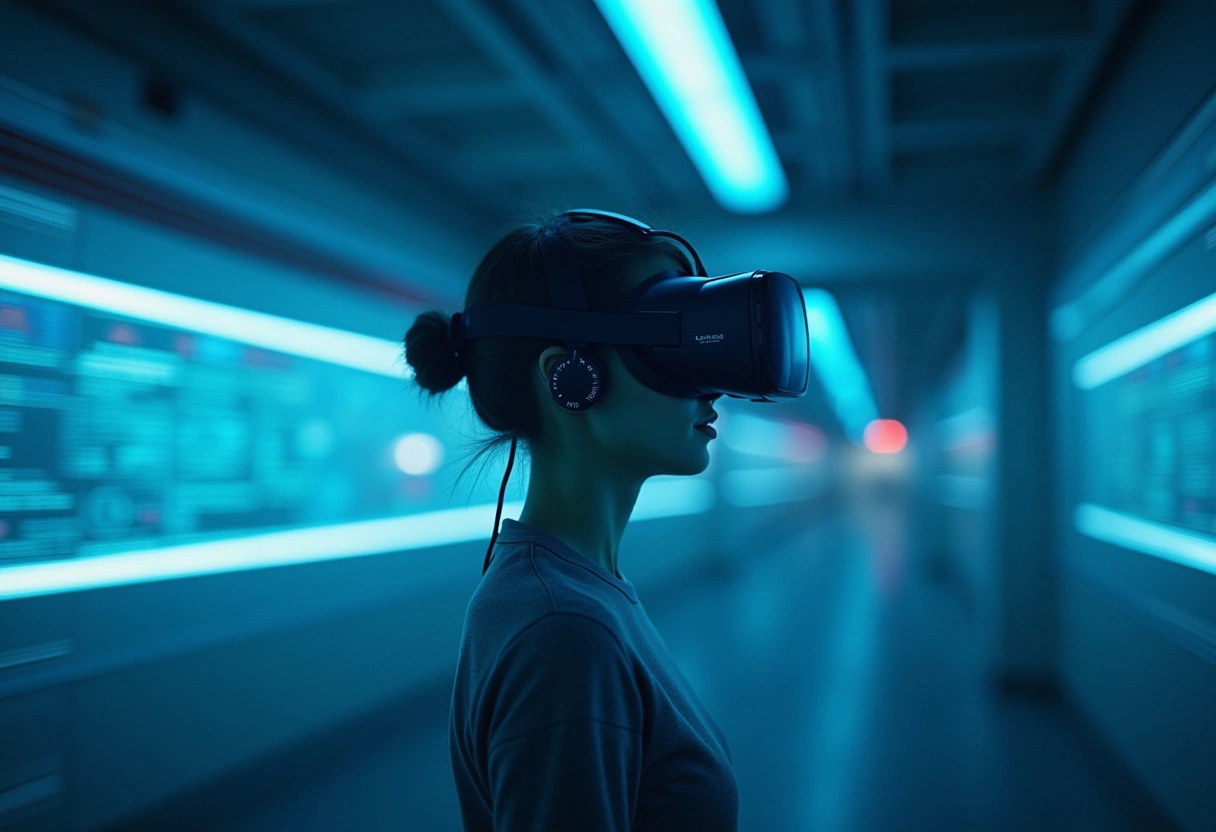Immersive Training
Immersive training uses VR and AR to create engaging learning environments. This approach allows hands-on learning without real-world risks or costs. It bridges the gap between theory and practice. It also improves skills, boosts memory, and prepares people for complex tasks. It does this without risk.


















